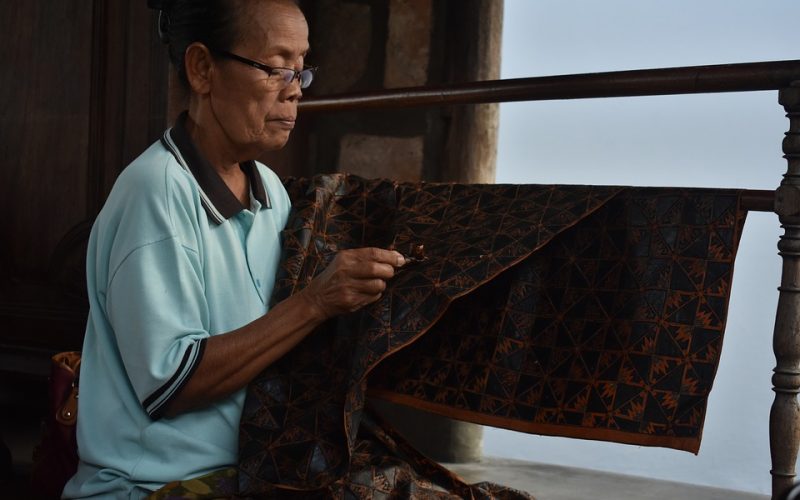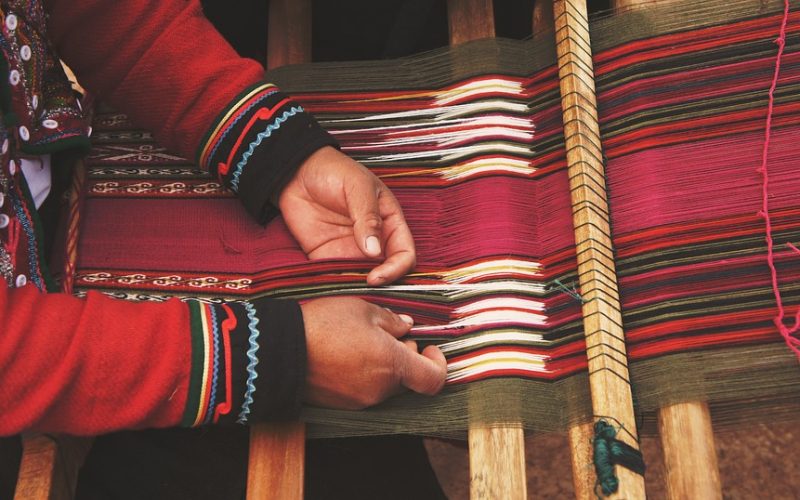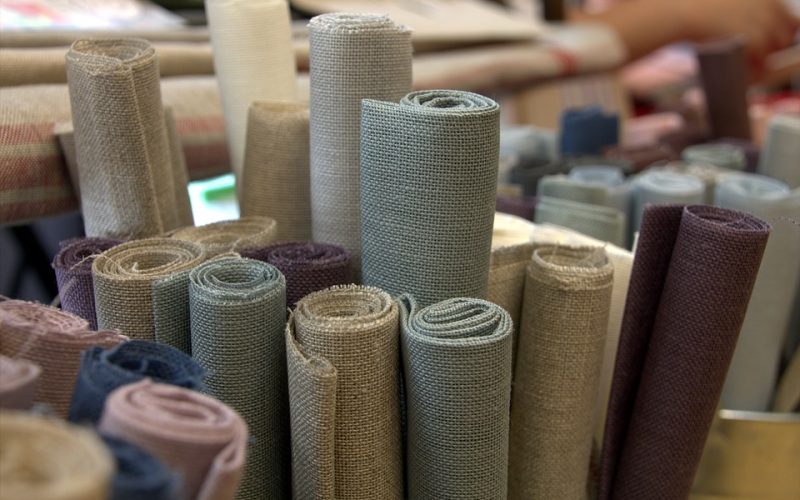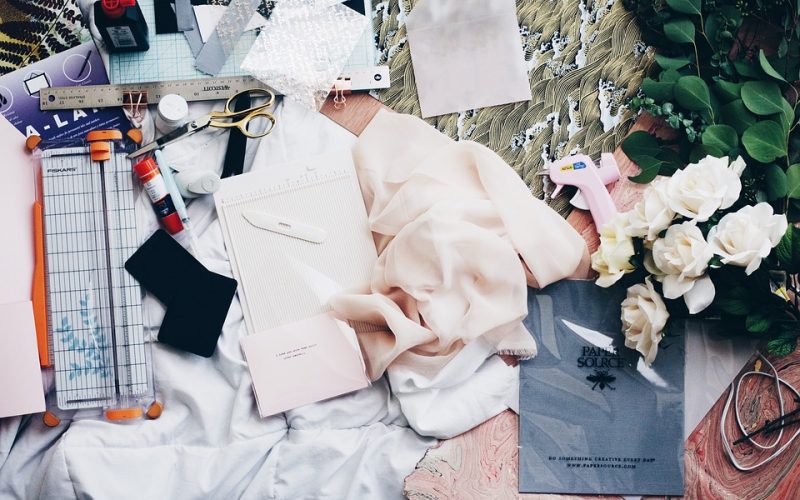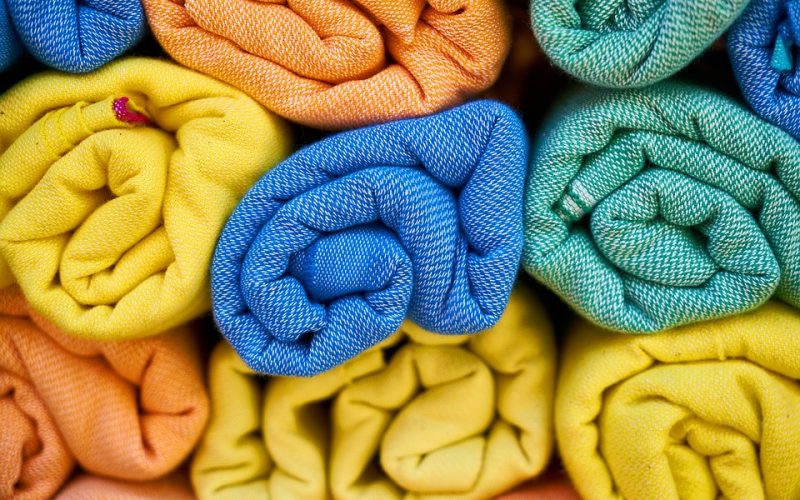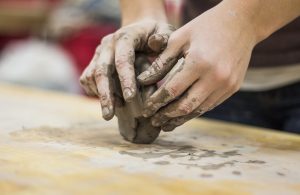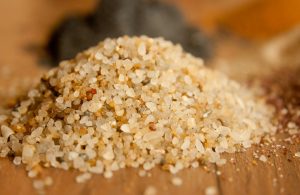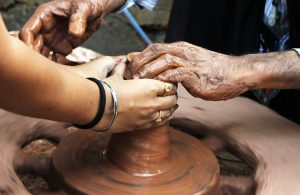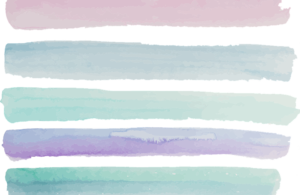A piece of plain white cloth is a crafter’s dream when it comes to adding color to their clothing, and tie-dyeing and batik are two of the easiest ways to practice their hobby. Tie-dying became popular years ago, but some people wanted a way to color cloth with less random patterns. Batik is an ancient method of dyeing material that has seen a renewed purpose in the modern world. Those who love to color their own clothes have reignited the use of these two methods to create their own fashion statements for today.
There are few people who have not tried tie-dyeing t-shirts, and it has now become a favorite way to entertain children at parties. The simplest method involves using a white piece of material and rubber bands. The cloth is gathered into bunches, and the bands are placed around them tightly. When the material is dipped into the dye, it will not penetrate all parts of the cloth in the same amount. This method produces a random pattern of dye that has become popular over the years.
Java is the original home of the batik method of dyeing cloth, and it is one of the best ways to create planned patterns. The hobbyist uses wax to protect certain areas of the cloth from being exposed to the dye, so they choose what will and will not be colored. When the material is dipped into the dye mixture, only those parts without wax will absorb it. After it dries, the wax is taken off to produce the finished product.
There are many ways to introduce dye into materials, and it can be done by hand or machine. These are just two methods that work well for beginners who are looking to expand their knowledge while creating something unique. For those who are interested in learning more methods, there are many craft shops that will help them explore their options.
